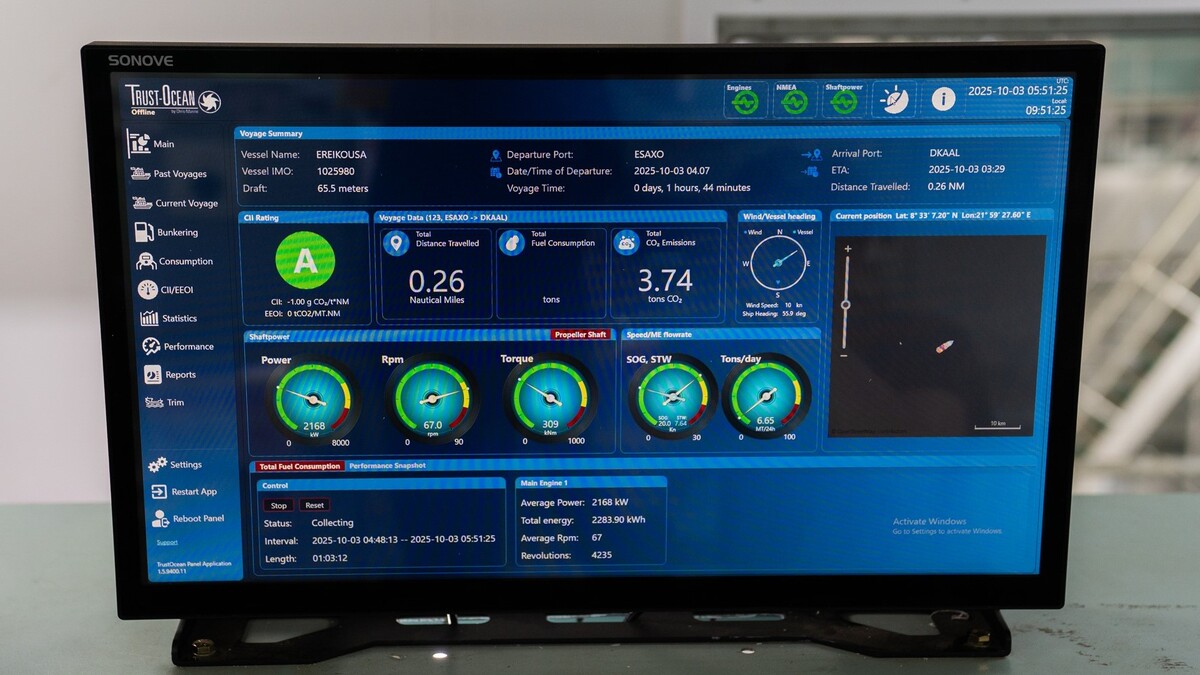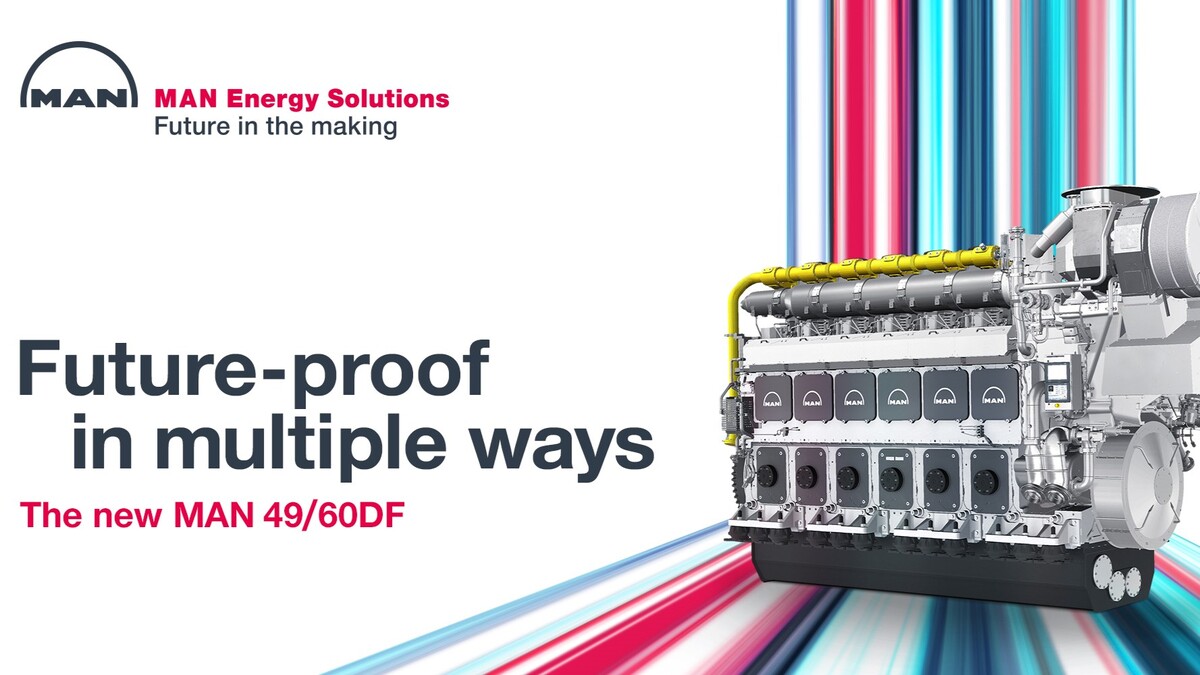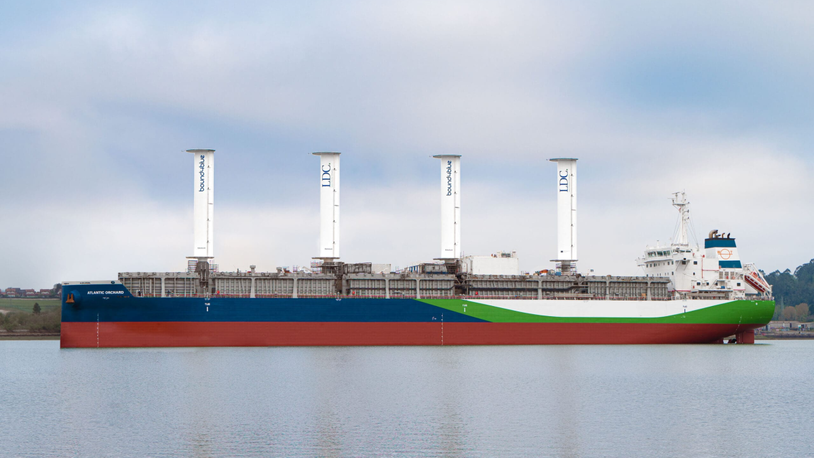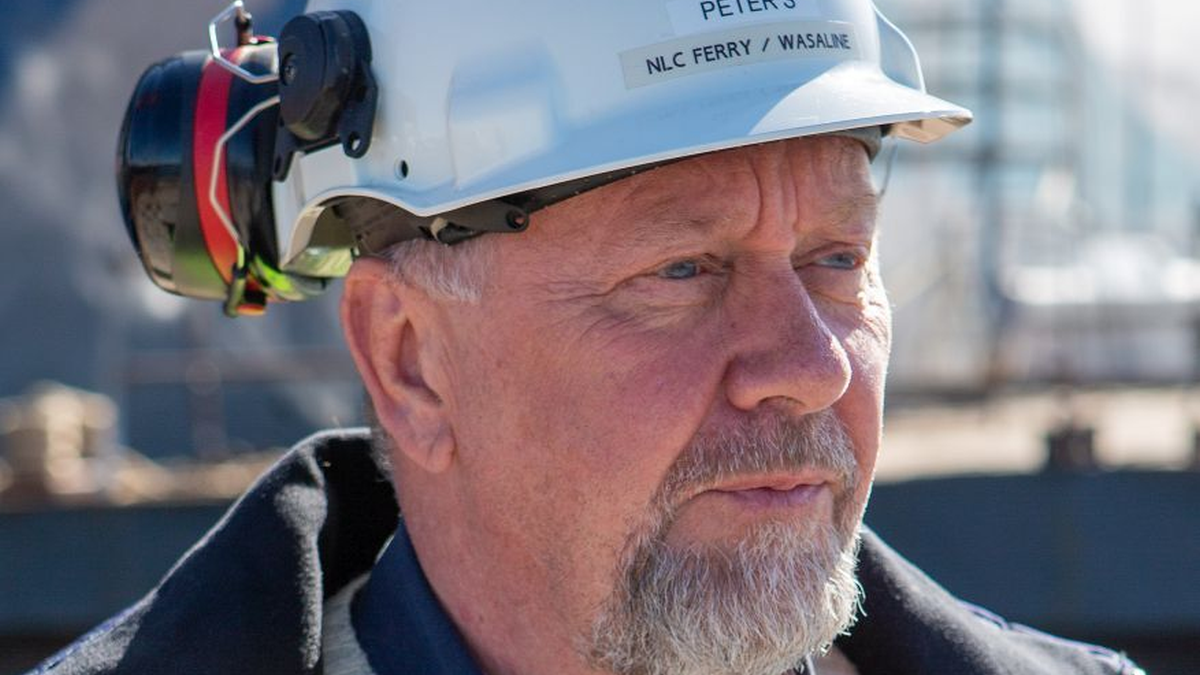Business Sectors
Events
Ship Recycling Webinar Week
Contents
New MAN 49/60DF engine confidently powers ships into the future
The MAN 49/60DF is future-proof in multiple ways. The built-in flexibility of the dual fuel engine, its readiness for future fuels, and its low methane slip ensure multiple paths for emissions compliance. The benchmark level of efficiency ensures the lowest fuel costs for vessel operators.
Choosing engines for a large vessel in the cruise, ferry, dredger, or LNG carrier segments has not become any easier in recent times. The choices in marine propulsion are now conditioned by decarbonization, fuel costs, unclear fuel availability, and tightening regulations; challenges that make it hard to see far into the future. The new MAN 49/60DF offers answers on many fronts – on the basis of flexibility.
MAN Energy Solutions sees dual fuel engines as the key to the maritime energy transition and the 49/60DF is a great new choice for vessel owners with ambitious emission-reduction targets on their agendas. The engine offers operators full fuel-flexibility: they can choose from the various decarbonization paths that open up as new fuels make their way into the marine industry.
The new engine can run on LNG, diesel or HFO, so its fuel flexibility ensures the lowest fuel costs. Today, biofuels or synthetic fuels can already be blended in.
Looking to the future, the engine’s efficiency and low methane slip ensure compliance with, for example, FuelEU Maritime until 2040 running on conventional LNG and assisted by exhaust gas aftertreatment solutions. Beyond that, customers can opt to blend in biofuels, e-fuels or other solutions MAN ES will have developed by then.
The MAN 49/60DF was designed with future retrofits in mind, and the methanol-ready notation was obtained in early 2023. So, when regulations become more stringent or conditions become favourable, retrofit solutions are easy to implement. The retrofit kit for methanol operation is in development.
Future adaptation to as yet unforeseen conditions will be made supported by MAN’s latest generation engine automation system, the MAN SaCoS 5000. Equipped with this system, the MAN 49/60DF can comply with the highest cyber security requirements.
The engine’s new Adaptive Combustion Control ACC 2.0 is one of the key enablers for improved efficiency and performance. ACC 2.0 adapts automatically to changing ambient conditions, varying fuel qualities, and engine wear. With ACC 2.0 the MAN 49/60DF achieves benchmark levels of dynamic engine operation, enabling vessels to operate in gas mode even in challenging situations like manoeuvring.
The MAN 49/60DF already sets new benchmarks in efficiency, with 171.0 g/kWh liquid fuel consumption at 85% MCR and 6,990 kJ/kWh gas consumption at 85% MCR*. While saving fuel cost is a fundamental objective for any operator, efficient vessel propulsion will become even more important starting in 2024: the European Union has decided to include maritime transport in its EU Emissions Trading System (ETS), requiring operators to purchase CO2 emissions certificates. Vessel powered by MAN 49/60DF will therefore benefit twice: from low fuel cost and lower costs for CO2 emissions certificates.
Customers can order the MAN 49/60DF as an inline engine with 6, 7, 8, 9, or 10 cylinders, or as V-type engine with 12 or 14 cylinders. The output ranges from 7,800 to 18,200 kW. It can be used as the main engine for mechanical or electric propulsion. It satisfies IMO Tier III requirements in gas operation. With the addition of MAN SCR, it can also fulfil IMO Tier III in liquid fuel mode.
The engine’s future direction is highlighted by a recent development: the dual fuel electric+ (DFE+) propulsion concept for LNG carriers. Based on the MAN 49/60DF engine and ABB’s Dynamic AC power distribution and control system, it helps cut carbon footprints and fuel bills for LNG carriers by enabling more operational flexibility and opening another path for compliance with future emission regulations.
Learn more about the MAN 49/60DF here.
*for reference condition, see MAN project guide.
Related to this Story
Events
Ship Recycling Webinar Week
International Bulk Shipping Conference 2025
Tankers 2030 Conference
Maritime Navigation Innovation Webinar Week
© 2024 Riviera Maritime Media Ltd.














